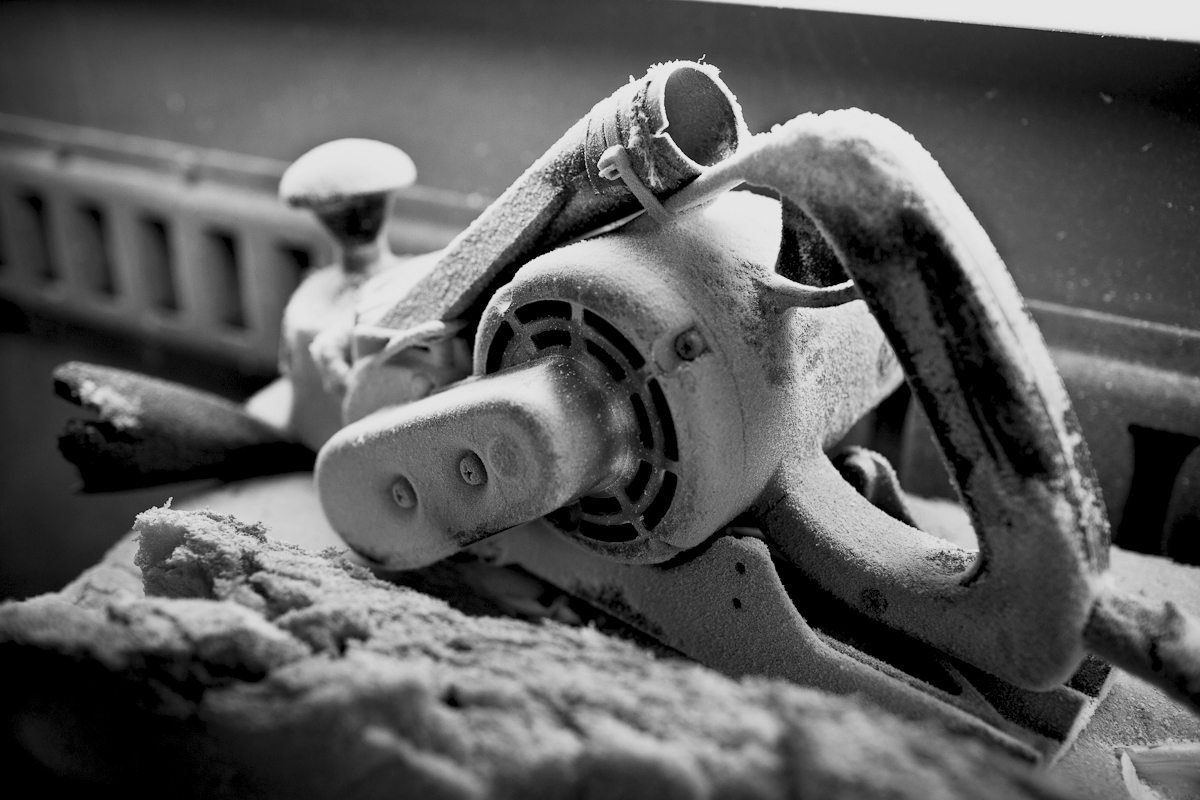
PLASTIC FREEDOM
I’ve long recognised the issues with our plastic addiction.
I have cleaned up enough beaches, recycled enough trash, opted paper over plastic enough times to have it firmly set in my mind that our obsession with plastic must end.
We are fixated with it, blind to it, superfluously consuming it in our everyday lives without so much as a cursory thought. We lament at horrific images of sea life suffering suffocation, starvation and distress caused by our carelessly discarded waste, yet we don’t connect this with the next bag of chips or drinking straw or bread clip we cast into the trash. We might not litter directly, but in accepting plastic, we are indirectly prolonging the industry, and we can never be one hundred per cent certain where our waste will end up. Ours could be the garbage bin that gets knocked over, the bit of trash that falls from the truck or the plastic bag that gets caught in a puff of wind, cast adrift from the surface of the landfill, dancing as if with a life of its own on the eddies and currents of the breeze to end…who knows where?
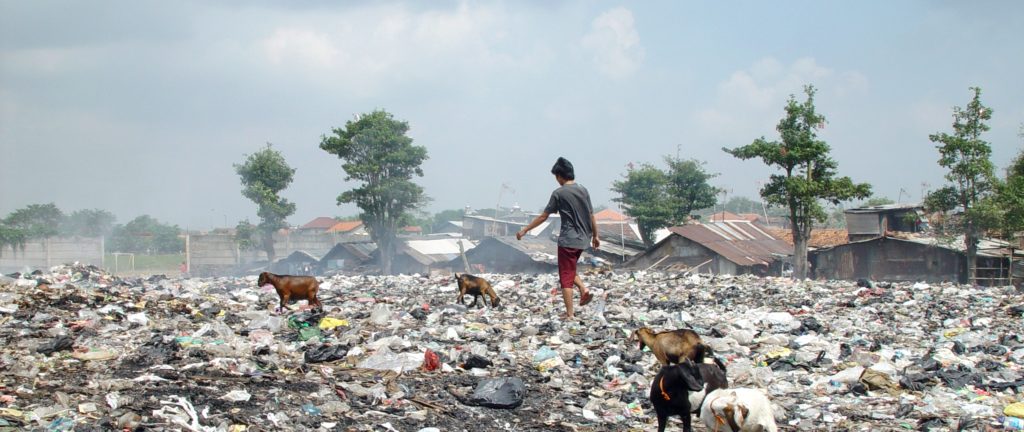
I have recognised these facts – and my own shortcomings in them – for many years, trying to do the right thing, but always in the familiar, Western, lacklustre mentality of ‘out of sight, out of mind’. Doing the best I can, but never really the best I can.
So the chance to undertake a plastic-free month in a motivated, orchestrated and prescribed manner was my excuse to prove to myself that I actually could be as good as I always wished I could. And so I signed up to Plastic-Free July – t-shirt bought, bumper sticker applied. I was in it for the long haul.
But, as with so much in this life, what sounds easy often ain’t what we think it is.
And so I began, the perfect start. My usual morning smoothie, made with freshly homemade oat milk and bulk-bought muesli stored in a glass jar. The eco-hero had arrived. Bring it on, I thought, this will be a breeze. Plastic-free month? Shit, make it a year, make it forever. I’ve got this thing whipped. Brushing my teeth, I noticed the tube is a little on the emaciated side, its guts having been squeezed out a little too numerously. Those remaining dregs that secrete themselves along the edges, snug against the heat-sealed end and unsqueezably in the firm neck of the tube can be made to last a while, but a whole month…maybe not. I had had a homemade toothpaste recipe sitting on my computer desktop, stowed in the ‘Good Intentions’ folder, for quite some time and decided to give the simple, three-ingredient recipe a try. Coconut oil I had and bicarb soda was available from my local bulk store and handily proffered in paper. But peppermint oil would take a little searching out. Luckily, I live in a region of open minds, health food stores and even pharmacies with an all-natural section, so it wasn’t too hard to find. The twenty-dollar price tag set me palpitating a little, but this was for the planet, and at just seven drops a time, the little bottle would have me fresh-breathed until the next decade, so I dug deep and forked out.
At home a smugly gathered my ingredients, ready for a hefty pat on the back at my first plastic-free DIY project. I poured the bicarb over the two tablespoons of coconut oil, opened the little cardboard box of the peppermint oil…and was confronted with a gleaming, white plastic lid on the tiny glass bottle. It was but ten and a half hours into day one. I’d been asleep for over half of that time, but somehow, with all my hope and planning and research, I had already screwed up. Maybe not such a breeze after all – I was going to have to pay attention and think my purchases through a little deeper.
I went back to the bulk food store for lunch. My usual wraps and crackers and rice cakes were all wrapped in plastic and I had brazenly refused to stock up before time; “that would defeat the purpose”, I had proclaimed.
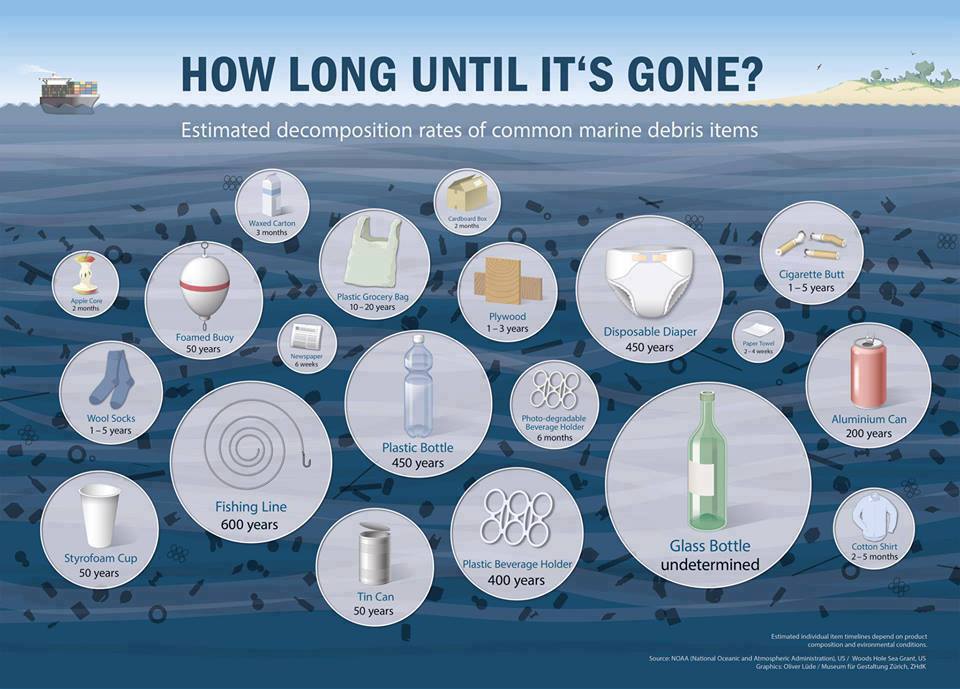
With twenty paper bags cradled in my arms, I returned home, acutely aware that the petrol I was burning in my car is essentially unrefined, liquid plastic but conveniently choosing to ignore the fact.
Lunch done, I made my habitual tea as I settled down to my afternoon’s work. The kettle is plastic, but I’d bought it a long time ago so, despite thinking about boiling the water in a metal pan, I let it slide. I reached for the box of tea…and noticed its plastic wrapper ‘to seal in freshness’. Man, was there no end to this plastic deluge?
And so it went on. I waved farewell to the bulk store cashier for the third time that first day, with rice, quinoa, cous cous and other sundries that had just occurred to me I would need for plastic-free evening meals, and headed home once more to reassess my approach to the next thirty days.
My partner and I have always sought out farmers’ markets wherever we have lain our hats and called home. Thailand, Bali and up and down the East Coast of Australia, we have sniffed them out like pigs on truffles. So produce, I thought, wouldn’t be a problem. I could stock up on the Saturday and it would last me through much of the week. I had my jute shopping bags in hand, and even my reusable coffee cup for my 7am liquid kick start, but as I walked up and down the aisles of fresh, organic and spray-free produce, I was amazed at the wealth of single-use plastic in use. Every other person held a take-away coffee, every segmented pumpkin was cling wrapped, every stall offered plastic bags with its cherry tomatoes or carrots or spuds.
The markets are great, and everyone there is certainly more conscious than the average punter – in fact, in fairness, many of the plastic bags on offer were biodegradable – but when even the local farmers’ market is swathed in a shimmering sheen of fossil fuel by-product, you’ve got to wonder what’s happening and where it’s all going to end.

That afternoon, I had to head to Brisbane. Again more conscious of the fuel I was burning, I added to my list of self-criticism the plastic dashboard, the plastic seat fabric, the plastic that colourfully wrapped the nub of my ignition key. The gross excess began to truly dawn on me. Even when plastic is completely unnecessary, we are using it anyway, without the slightest single thought of the repercussions.
I had just moved into a new house and, sparse of furnishings, the obligatory trip to IKEA was in order. I had pre-planned my spree, selecting all-timber products and even going so far, in my ecological rampage, as to insure that the timber was sustainably forested. As I wheeled my ethically selected, recycled cardboard-wrapped goods to my car I congratulated myself at having navigated the labyrinthine plastic mine field of high consumerism and come out petroleum-free. I got home, peeled open the first box…and was confronted with – yup, I don’t even need to tell you, do I?
The tools and screws were in a zip-lock plastic pack, sheets of spongy plastic formed protective layers between each timber jigsaw piece of my new furniture. It was comparably minimal, but I had yet again failed on my plastic-free mission.
My partner arrived home and looked at me forlornly. She had been shopping, a twenty-minute round trip, and I wondered what in that time could have been a source of such sorrow. Stutteringly choking back tears, she looked at me, forehead furrowed, blue eyes glistening with emotion: “we can’t buy hummus”, she said. Dear God, was there no end to this inhumanity?
It took just 48 hours for us to realise that, from the lids on our soy milk cartons, to our quarter-pumpkins, from our organic, palm oil free, Australian-made corn chips to our caffeine-free herbal tea, in fact, however hippy we tried our best to be, unless we were making everything ourselves, sourcing every ingredient in bulk, wrestling ourselves free of the clutches of commerce and going completely off-grid, we were almost inevitably going to be forced to use plastic in some form.
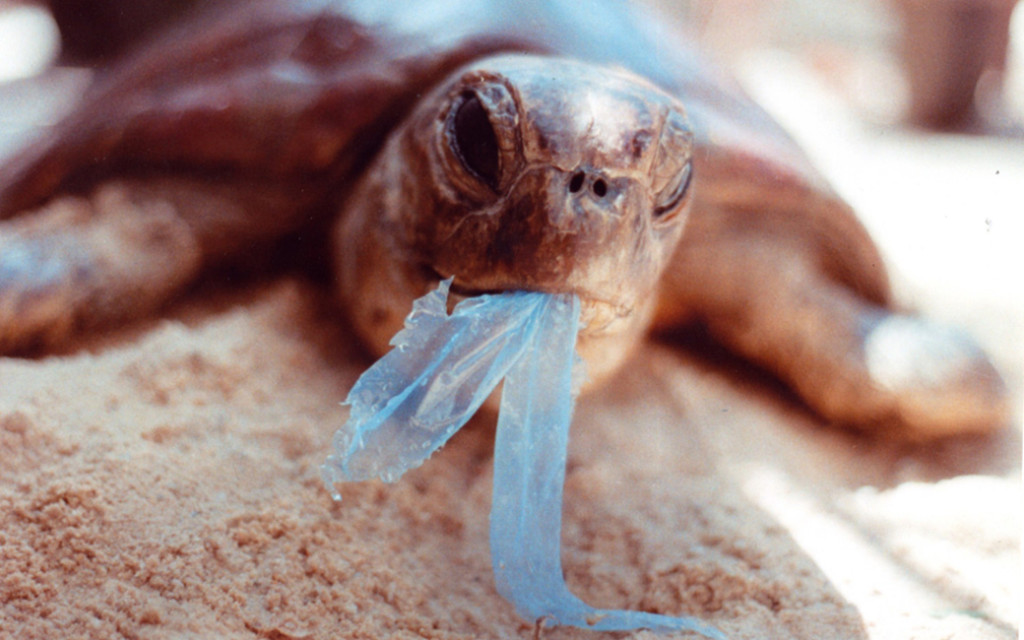
We haven’t given up on Plastic-Free July and continue to struggle on regardless. We are on day 11 now, our cupboard filled with reused jam jars and a thousand brown paper bags filled with the rewards of our having funded our bulk store owner’s shining new Ferrari. We have bee’s wax food wraps, we have loose-leaf tea, we haven’t had corn chips or hummus or tofu in so long that we are starting to Google search images of them just to drool and fantasise over, but we now understand.
The western world as it stands, in the model we are currently living, simply cannot be plastic free. We are slaves to it, junkies for it, our world is dependent upon it and, without breaking the mould, it is almost impossible to live a completely plastic-free life.
But it is the excess that we must and can very easily address. Plastic-Free July has shown me that, even though I thought myself to be a conscious consumer, there was still so much plastic pouring into my life that was unnecessary. Leading into the month, my partner and I were open-minded. We knew some things would prove expensive to replace or replicate without involving plastic, but we wanted to test out what we could manage and what would be financially sustainable.
We knew that we probably weren’t going to be able to maintain a completely plastic-free existence, though didn’t realise how hard even our humble efforts would be.
Plastic-Free July, indeed, living a plastic-free lifestyle, comes down to dispensing with the superfluous, in taking small, manageable, inexpensive steps to use less plastic and, with a little bit of forward planning, it becomes second nature and incredibly easy to halve your usage. The obvious things – the coffee cups, water bottles, drinking straws and so on – go without saying, but reaching for a paper mushroom bag at the supermarket for your green beans, opting for a fruit snack over a muesli bar, buying your pumpkins whole… All of these little things we fail to see until they are forced upon us.
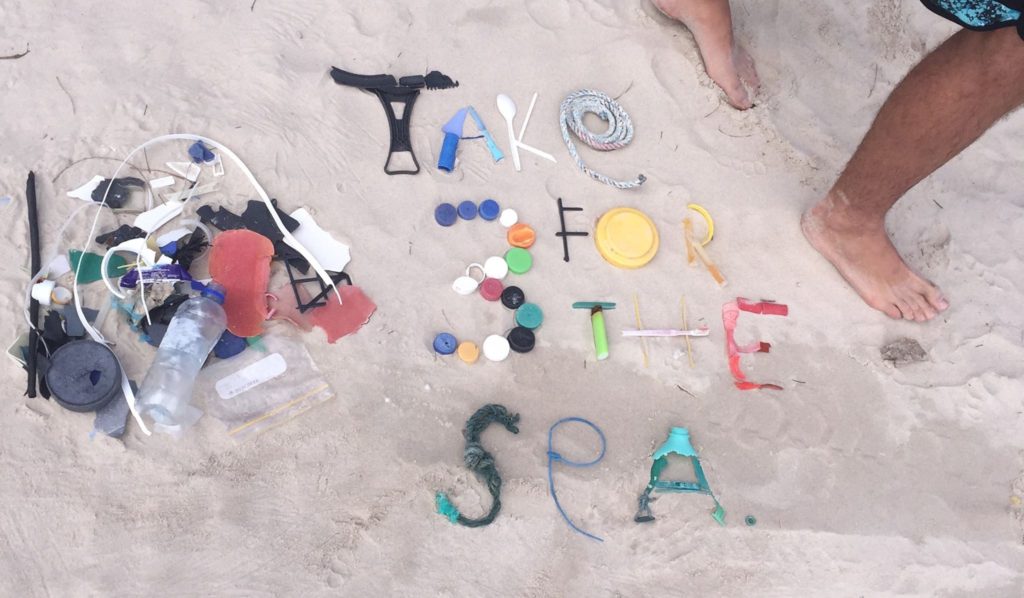
It’s fair to say I failed Plastic-Free July, even within the first week, day or few hours. I feel like that fat kid tucking into a Mars bar one hour into a 40-hour sponsored famine, hanging my head in abject shame at my blatant ineptitude. But if the purpose of the month is to learn a lesson, then I have brought the shiny green apple for the teacher’s desk, I have taken notes, done the homework and passed the exam with flying colours, lesson learned.
In this shrink-wrapped, hermetically-sealed consumerist culture that we live, we are sabotaged at every stage into using plastic. We cannot be without it, cannot avoid it, cannot evade it, but we can make a stand and drastically reduce it. We can shift the goal posts and speak out, the voice of reason in this plastic insanity, and only use that for which there is no other choice. We must open our eyes to the excess, we must reduce, reuse and recycle and we must learn that the plastic we use today will far outlive us and do untold damage in our wakes.
Use it, just use it wisely.
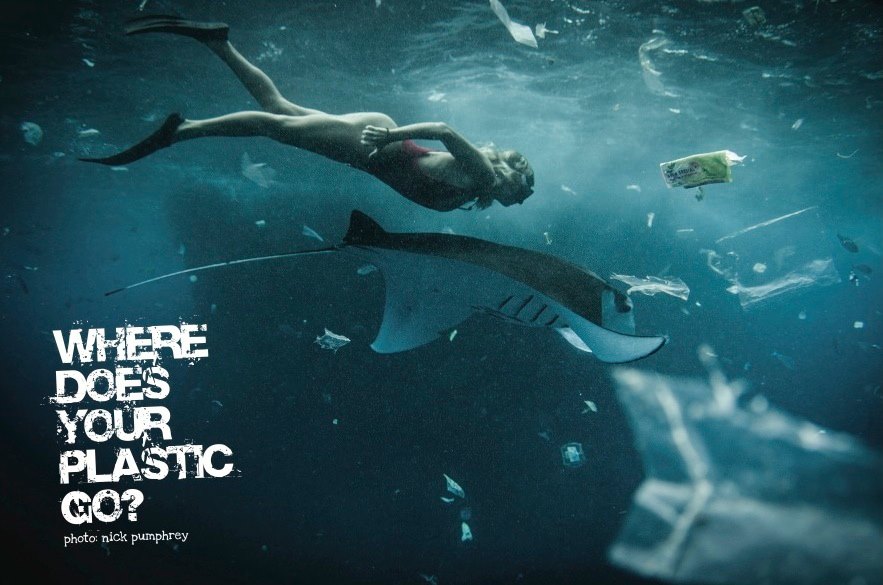
Visit: www.take3.org.au for more information on how you can help, the effects of plastic waste and ho you can go plastic-free.

A BIKE OF MANY FACES
OF MICE & ZEN
You May Also Like
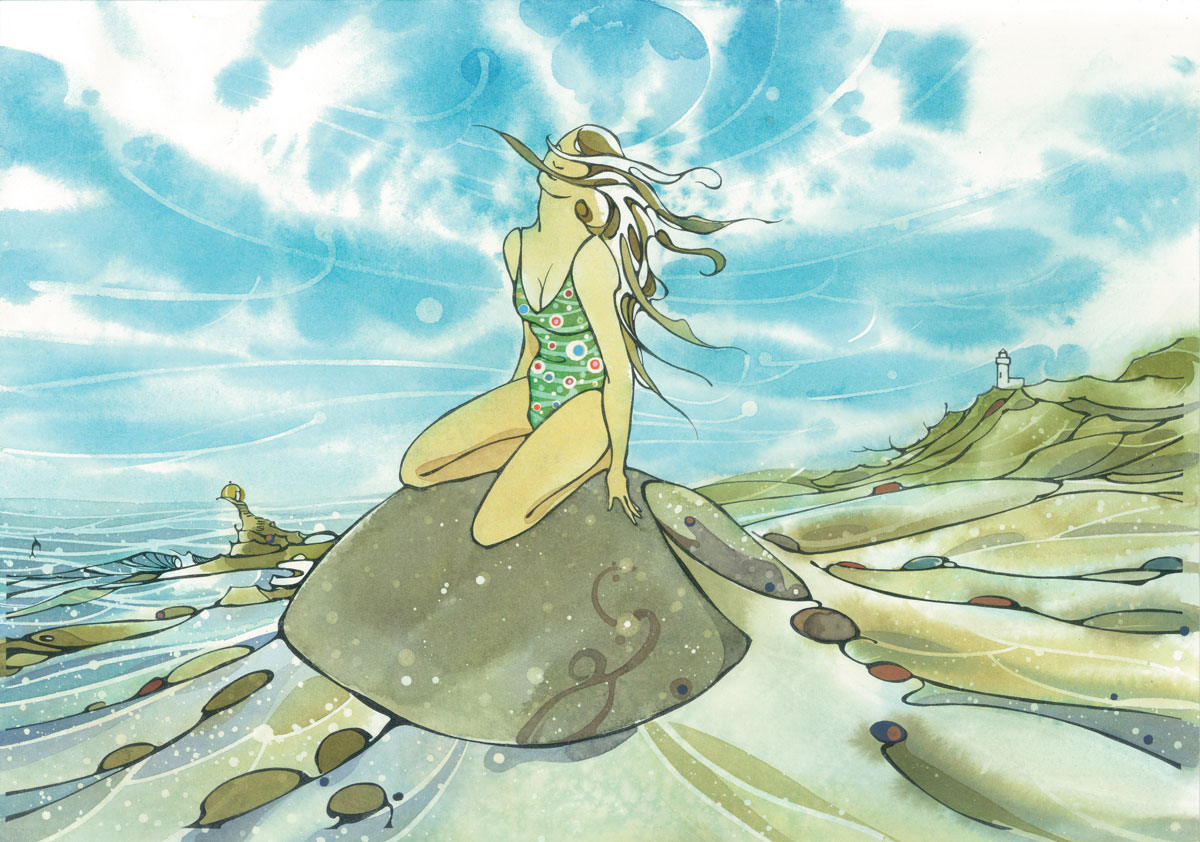
PULP FRICTION
July 9, 2016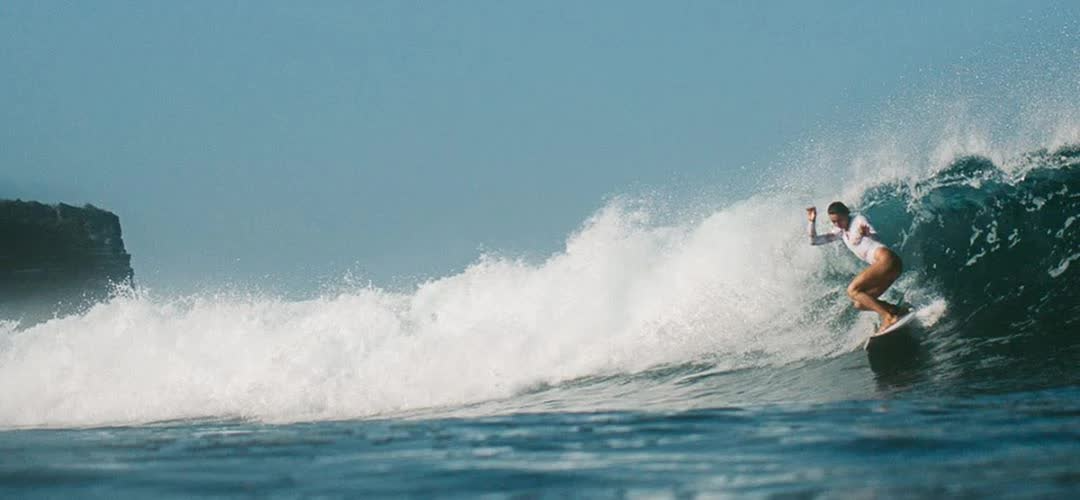
FROM ZULUS TO ULUS | THE KALEIDOSCOPIC LIFE OF MEL PRETORIUS
July 11, 2021